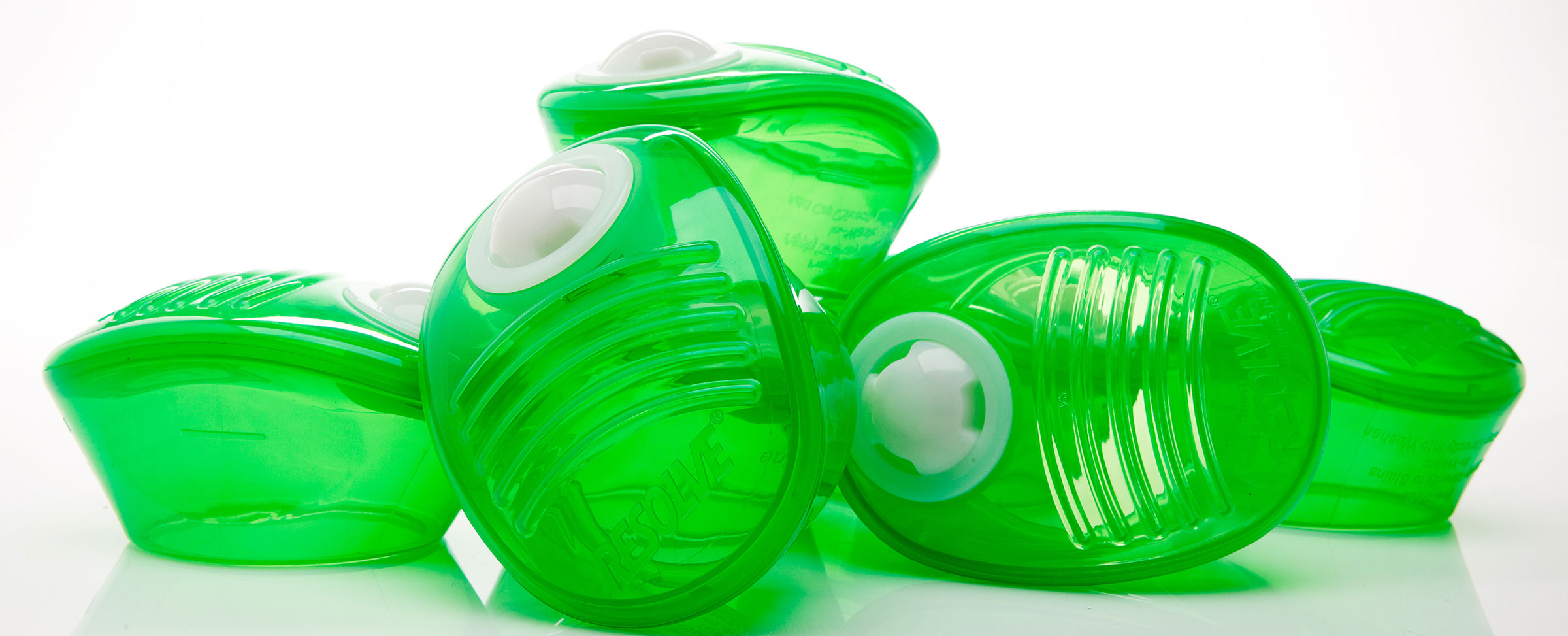
Innovation
& Strategy
Our clients stay competitive through innovation. For most projects, ION uses a variety of relevant tools to cultivate innovation, including competitive analysis, IP consideration, feature evaluation, targeted user scenarios and role-playing, concept studies, manufacturing strategy, innovation workshops, and other techniques. By identifying needs, opportunities, and challenges at the earliest stages of a project, we can save time and expense while producing better results.
We also plan and facilitate innovation workshops with our clients to generate new ideas during any aspect of the development process, from novel solutions for a technical problem to totally new product concepts. Innovation workshops are intensive, fast paced, and carefully structured with creativity exercises to boost fresh thinking and innovation. At the conclusion of each innovation workshop, ION compiles all the ideas into a concise report that includes an analysis based on factors like IP potential, engineering challenges, consumer appeal or other metrics. We can also synthesize the ideas to create concepts suitable for market studies.
Design Research
& Human Factors
The application of human factors or ergonomics is critical to the design of products that are worn or require user interactions. Examples include VR headsets, surgical instruments and consumer electronics. To inform the design process and gain insight into user needs, ION conducts observational research to study user behavior in real-world settings. This ethnographic research is often augmented with photo or video recording so that the findings can be referenced throughout the design process. Depending on the scope of the project, the inquiry may also include online qualitative and quantitative research, user interviews, surveys or secondary research.
To resolve critical anthropometric constraints within the context of demanding performance requirements, ION utilizes 3D digital anthropometric sizing data it has collected over the years, specifically head shape proportions of different world populations. Where required, ION also generates 3D digital CAD human anatomical models from CT scans to create physical models made of tissue-simulating materials. These proxy anatomies are valuable tools used to optimize the interface between the product and the user’s body.
Industrial Design
Industrial Design (ID) is at the core of nearly every product development program at ION and is what most defines the user experience. ID intersects research, mechanical and electrical engineering, human factors, branding, and interaction design.
ION’s approach is appropriately holistic. It’s a hands-on process of exploration and experimentation driven by a team of design professionals who build upon each other’s thinking. This collaborative, interdisciplinary process ensures a lively mix of ideas and perspectives, which ultimately leads to a breakthrough design solution.
ION relies on a variety of tools and methodologies to advance the design of a product towards completion; starting with sketches and study models to explore a range of concepts to CAD models, photo-realistic renderings and 3D-printed prototypes. At each stage of the design process these assets provide a means for user testing and market feedback.
User Experience
& UI Design
ION’s approach to User Interface Design emphasizes ease of navigation coupled with a visual presentation that is both intuitive and engaging. The key is to create a well-ordered UI with a logical hierarchy of information, rules and functions. The best UI anticipates user actions by offering the user only the functions and choices required to accomplish a given task.
In addition to screen architecture, a vital part of any graphical user interface is the Look & Feel. This is the face of the software application, and takes in all visual aspects, including colors, icons, wallpapers, separators and typography, as well as the behavior of dynamic elements such as buttons, menus and alerts. Through a consistent application of these elements, ION’s graphic designers create a unique visual presentation for the UI that promotes usability and enhances brand recognition.
Engineering
& Technology
Nearly every product requires some level of mechanical engineering, from the simplest of consumer products, like a toothbrush, to a complex medical device like an infusion pump.
At ION, we don’t just design products; we make them real. Our strength in conceptualizing is complemented by our depth of experience in engineering and execution. This make-or-break development step is all about integrating design with technology for efficient production. It involves core technology development; material and production method specifications, CAD models, prototype fabrication, performing validation, testing and sweating the many details to assure that the final product will perform as intended.
Electrical engineering involves the design, specification and testing of all electrical system components within a product, including displays, sensors, motors, printed circuit boards, switches, processors, power supplies and related firmware. Additionally, many ‘smart’ products are mobile device connected, adding another layer of complexity to PCB and firmware design. Especially in products that involve user interactions, electrical engineering must seamlessly integrate with industrial design and mechanical engineering requirements. For this reason, ION’s electrical engineers do not work in a vacuum; they are team members who are involved from the early stages of a project.
Prototyping & DFM
To close the design development loop, ION always recommends testing a design with potential users in order to evaluate the safety, usability, and comfort of the product. This process involves building high fidelity prototypes and observing users interact with the product, while also obtaining direct input from users on ways to improve usability. This can be an iterative process, with several rounds of prototypes required to resolve all design issues.
Prototypes also provide valuable pre-production feedback on product function, performance, and assembly. This allows designs to be refined for volume production. Design for Manufacture (DFM) is the critical final step before hand-off to one of ION’s qualified manufacturing partners.












